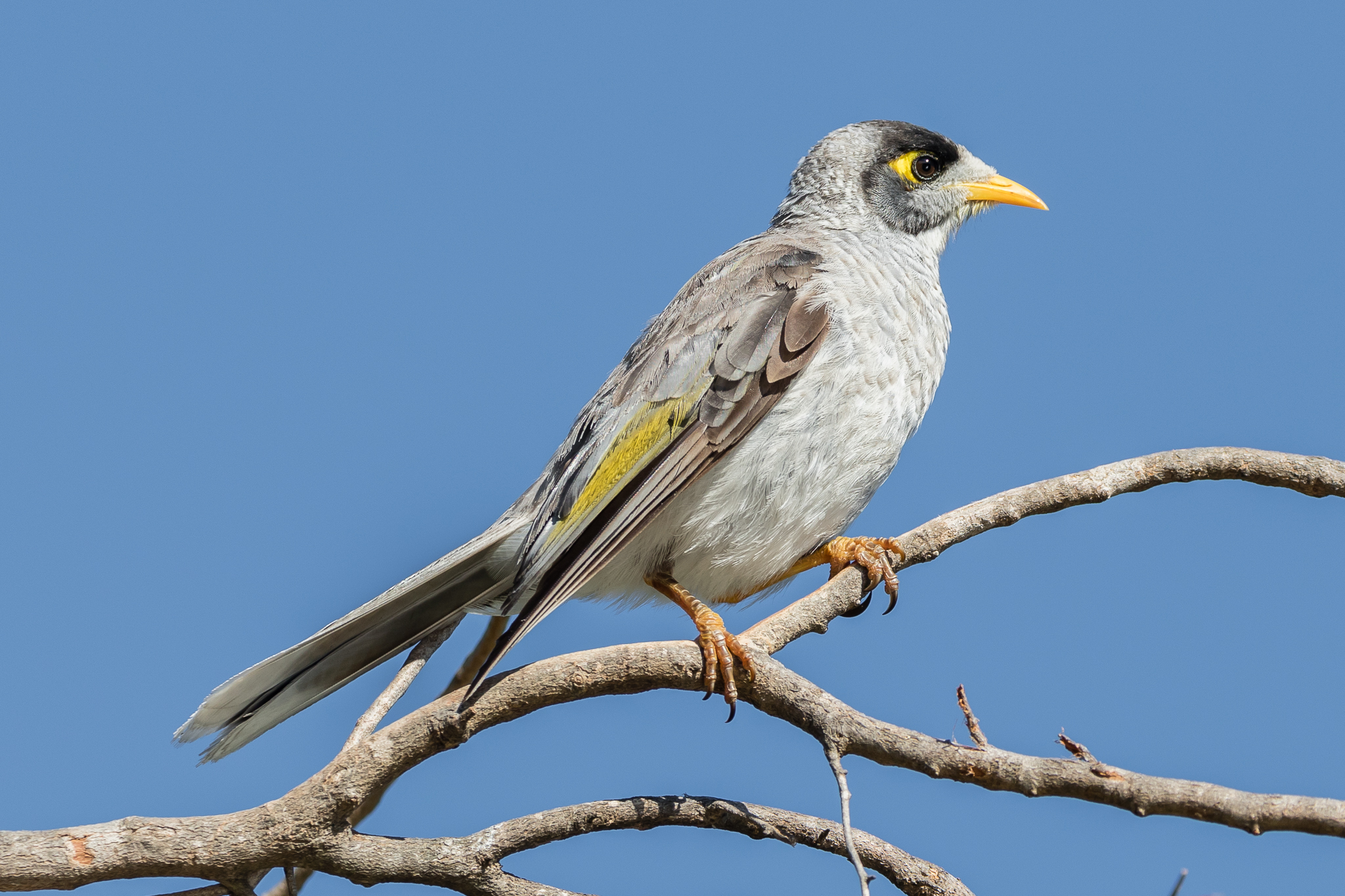In the City
In the City birds use ingenuity to make the most of the new environment, an important refuge as their original habitat disappears. Parks, trees and suburban gardens with shrubs are now important retreats for many birds. Once a year citizen scientists across Australia count the birds in their backyard in The Aussie Backyard Bird Count, a Birdlife Australia initiative to highlight the importance of city and town birds.
Photo: The Rainbow Lorikeet was again the number one bird seen across Australia in the Aussie Backyard Bird Count in 2024, the same as the four previous years.
Second most common bird was the Noisy Miner, the most aggressive of the Honeyeater family; known for chasing other birds and taking prime nesting sites.
In third place was the Australian Magpie, common in cities and the bush. Magpies prefer open spaces with large trees (city parks) feeding mainly on grubs and insects.
At number four the Sulphur-crested Cockatoo is a large noisy parrot with a strong beak suitable for its diet of berries, seeds, nuts and roots.
In fifth place, Welcome Swallows swoop for insects over parks, playgrounds and ponds.
Number six was the Galah, a beautiful parrot seen in most Australian cities. The Galah is a seed eater that also raids farmer’s fields for grain.
At seventh the Silver Gull, a scavenger from the beach, finds that city streets and parks are plentiful sources of food.
At eighth place is the Australian White Ibis. Still widespread across Australia this bird is moving to the city where it becomes a scavenger.
Down at ninth introduced House Sparrow numbers are decreasing in many cities but are still common in Tasmania, along with Blackbirds and Starlings.
The Little Corella took tenth place this year, displacing the Red Wattlebird. Seen in city parks and sometimes in huge flocks across open farmland and woodlands.
The introduced Common Myna again could not make the top ten after falling from ninth place in 2020. Often regarded as a pest, the Common Myna is losing out to its Australian counterpart, the Noisy Miner.
Pied Currawongs are another successful city bird, competing with and displacing smaller birds.
Another common bird in city and bush, these Magpie-larks successfully raise a family in this unusual nesting spot! Numbers were up in 2020 as a result of the wet weather.
Pacific Black Ducks have adapted well to city life making the most of parks, ponds and picnic left overs.
This Cuckoo, the Common Koel, heralds the arrival of spring after spending winter north of Australia.
The song of the Laughing Kookaburra is an Australian icon, heard daily in the city as well as the bush.
Expect the unexpected. If you go to Sydney's Olympic Park you might see this Royal Spoonbill feeding!
















